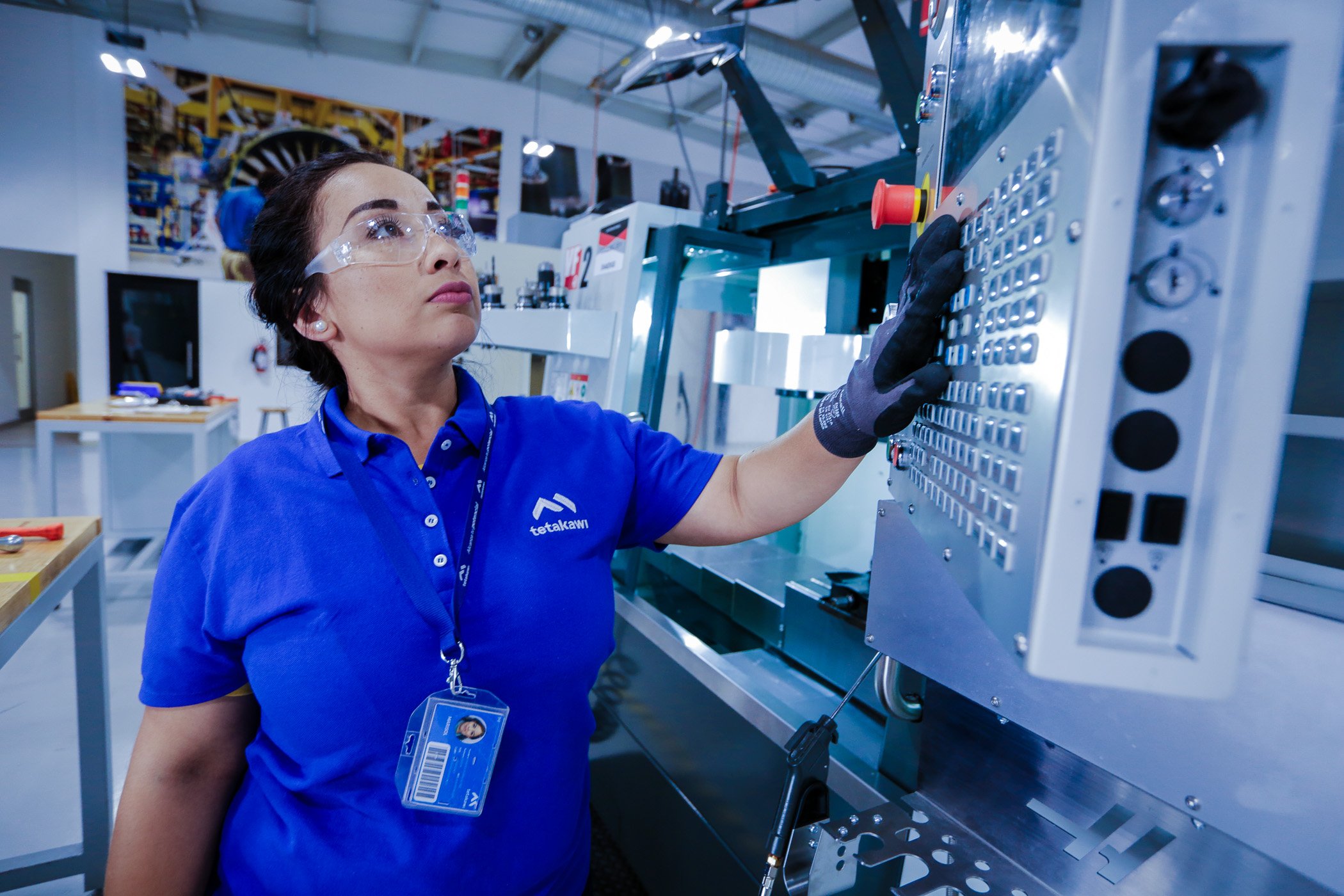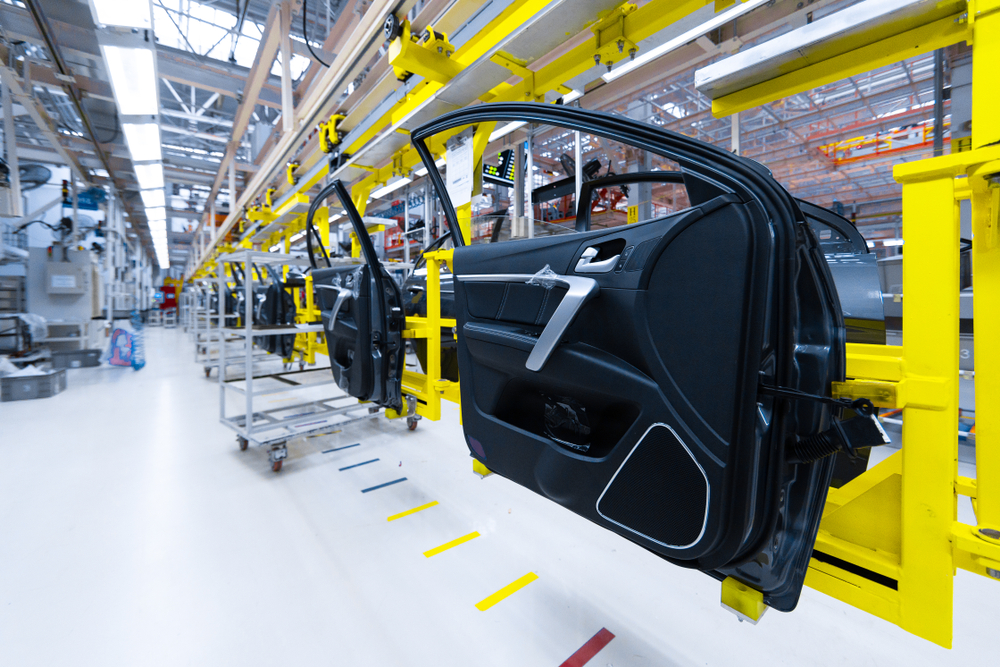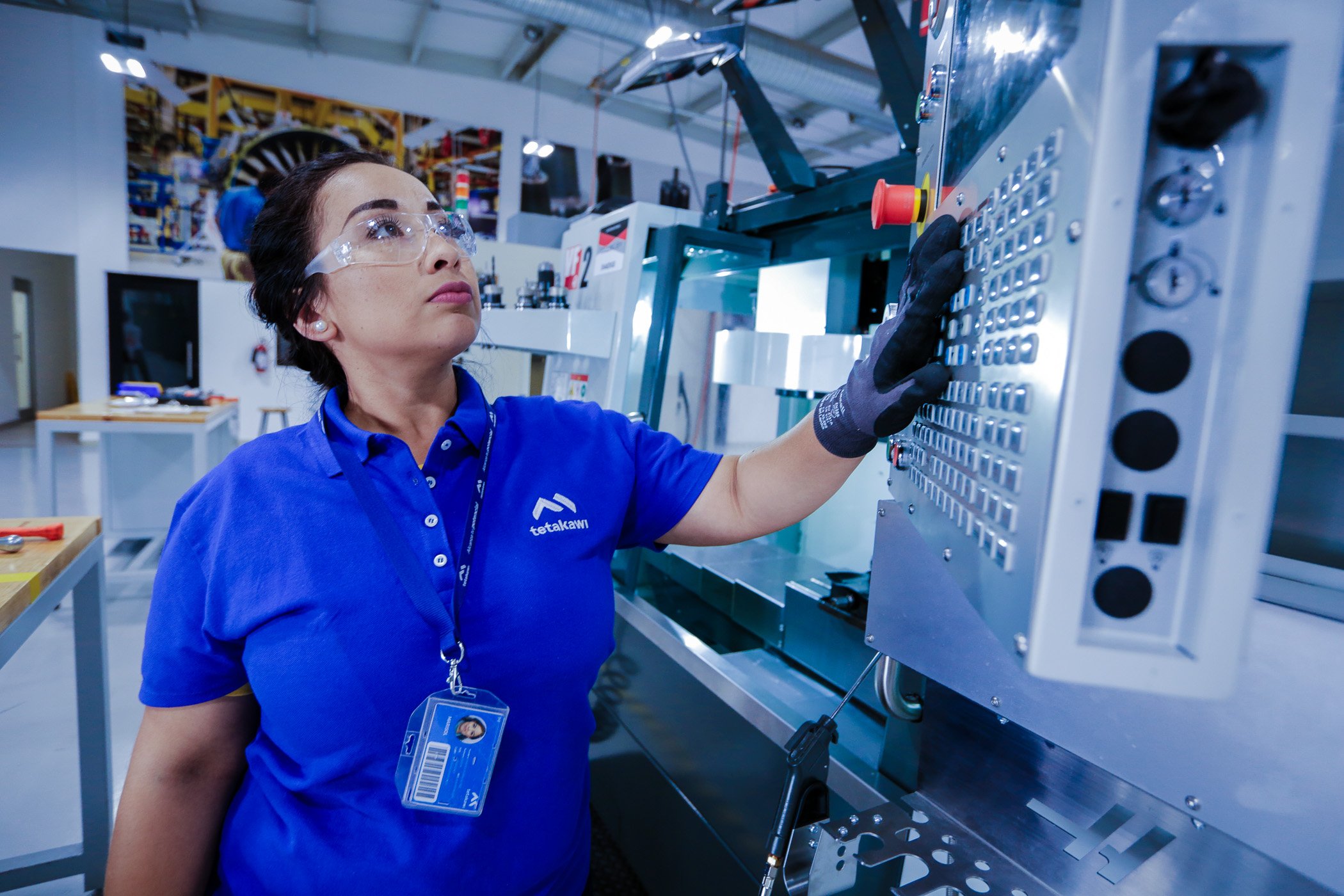Although the Mexican economy has remained strong through the first quarter of 2014, the past year has been slightly uneven for various industrial sectors, including mining and construction, according to the Mexico Regional Sectorial Outlook economic analysis written by the Spanish bank BBVA. That being said, the manufacturing market in Mexico has consistently been the backbone of the economy and is predicted to sustain growth throughout the first half of 2014. This news should send positive signals to international enterprises interested in offshoring in Mexico, and the research demonstrates foreign demand for products, components and other goods manufactured in the North American nation has increased.
The BBVA research study highlighted the fact that the automotive and aeronautic manufacturing sectors will continue to be the stalwarts of the Mexican economy heading into the the first half of the year. However, consumer electronics and telecommunications equipment are also sources of much interest and potential for businesses operating in Mexico, especially coming off of more rigorous governmental regulations. At the same time, cooperation and integration of manufacturing interests in the U.S. and Mexico has benefited both countries and strengthened production on either side of the border.
Complexities in the global value chain
One of the challenges and sources of success for Mexico has been its ability to enter into the global value chain with fewer obstacles than many other competitors in the manufacturing industry. BBVA recommended the country continues to diversify its exports by increasing investment in advanced technologies at the local and national levels. Increased flow of knowledge between competing nations and companies is creating a unique situation where many businesses are both interdependent and adversarial. As a result, manufacturers in one region seek value-added services in another, thereby creating greater complexity in the global value chain.
In the meantime, the country needs to ensure its infrastructure is capable of handling expanded manufacturing operations and foreign integration. To achieve this, the country's workforce should work to remain competitive and flexible so that it can adapt to any changes, as the government continues to pursue greater economic reforms.
Manufacturing in Mexico linked to U.S., EU
Because many global economic regions are continuing to rise out of the economic recession, the potential for Mexico's manufacturing sector is on a more sustainable path. For instance, manufacturing in the U.S. is expected to increase by 3 percent in 2014, while the European Union anticipates slightly more lukewarm growth at 1.1 percent. Piggybacking off this positive news, Mexico's exports for durable goods and services are predicted to rise by 4 percent during the coming year, which is significantly higher than the 0.6 percent growth the country saw in 2013. The BBVA reports predicts manufacturing in Mexico to increase by 3.2 percent, led by transportation equipment, plastics, metal products and electronics.
Industry sector in Mexico could create 250,000 jobs
Margarita Chico, director of Trabajando.com, told Manufactura.mx the automotive manufacturing, construction, telecommunications, energy and electronics sectors could generate 250,000 jobs in 2014. With special attention paid to manufacturing, the job market outlook looks promising. This will only benefit both domestic and international organizations looking to increase production in Mexico.
To reach many of the positive economic benchmarks and predictions outlined in the BBVA report, the Mexican labor force must continue to provide skilled workers for the manufacturing sector among others. At the same time, the Confederation of Chambers of Industry also predicted 570,000 new positions would be created this year - a strong signal for manufacturers in Mexico.
Subscribe
Sign up and stay informed with tips, updates, and best practices for manufacturing in Mexico.





